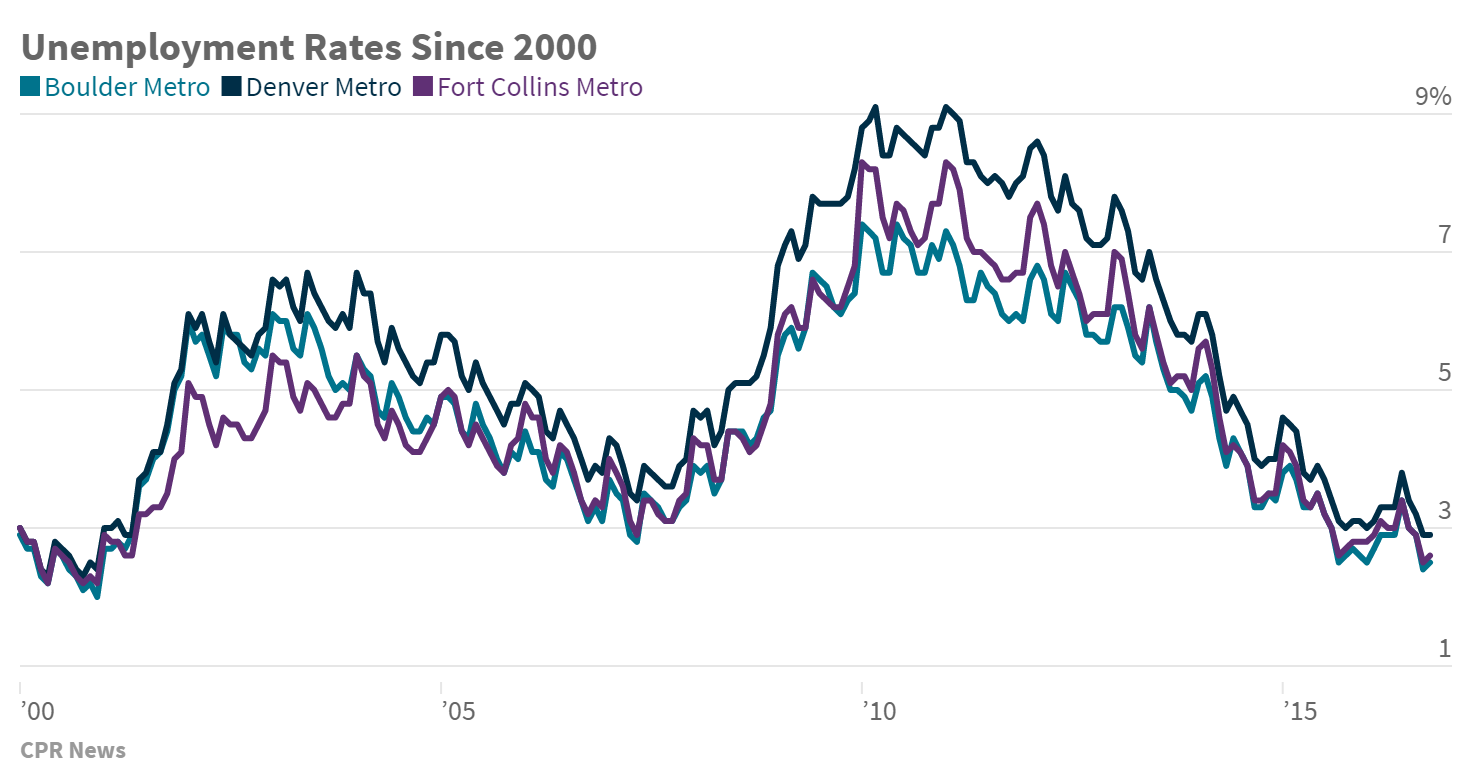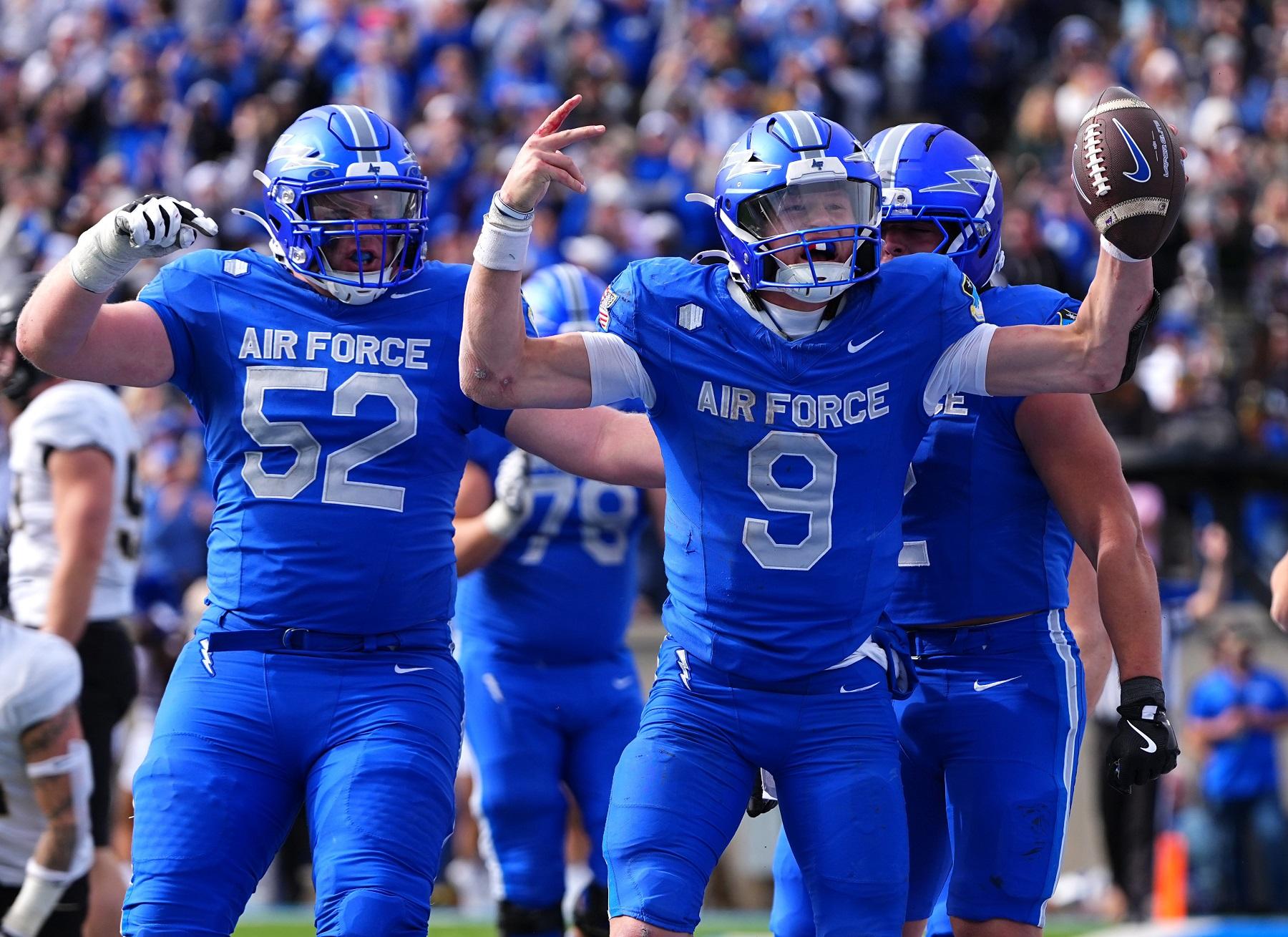
Being a retailer isn’t easy. There are threats everywhere: from online giants like Amazon to the finicky preferences of younger buyers.
Just ask Megan Barz, owner of Fine & Funky clothing store in Timnath, Colorado. Last year, she was “petrified” because holiday sales were down.
“Last year was a hard and scary year, not only for myself but many of my self-employed friends,” Barz recalls.
In an unsettled retail environment, a down year could be the sign of a new normal. But Barz says sales at the store in 2016 are great. She can feel the change when she talks to customers.
“They are not complaining while they’re spending, they’re happy to be purchasing gifts,” says Barz.
When the economy isn’t doing well, there’s more of an obligatory feeling when customers buy gifts. But these days, it’s not just the good mood in her store, which she opened in 2006. Her customers are buying for themselves too, as Barz says, it’s a “‘cute scarf for you, cute dress for me.’” On top of that, they’re paying for their cute dress with credit cards instead of cash, which usually means larger purchases. More importantly, credit use is an indication that people feel confident about jobs and the economy.
The holiday shopping season did get off to a slow start though, but that had nothing to do with the economy.
“Now that the election is over we’re seeing a lot of ads everywhere about holidays sales and deals,” says Ana Serafin Smith with the National Retail Federation. “We’re seeing a lot more consumers pick up and start shopping more.”
Black Friday saw 154 million people ring the register, and another 122 million on Cyber Monday, a couple of days later. The National Retail Federation is forecasting $655.8 billion in holiday sales, a 3.6 percent increase over 2015. Container traffic at ports is up significantly, 3.2 percent over December of last year, a sign that shoppers are gobbling up inventory.
There isn’t retail data for Colorado specifically yet, but Ali Besharat, a business professor at the University of Denver, says the strong job market here will certainly lead to big spending.
Consumers “may not feel guilty going out there, because they think that their job is secure and the economy is healthy,” Besharat says. “If they lose their job, or if they’re exposed to pay cuts or whatever, they’re going to switch jobs, in another industry or another position.”

There are few economies as dynamic and diversified as the Front Range. The unemployment rate from Denver to Fort Collins has fallen below 3 percent for the first time in 15 years. The job market hasn’t looked this good since before the dot-com bust.
The question is not so much can Coloradans spend, but more how will they spend.
The threat to brick and mortar from online isn’t new, but competition is heating up. Amazon bolstered its shipping facilities here, building a huge warehouse in Aurora. The Seattle-based company even opened a pop-up retail store at the Park Meadows Mall in Lone Tree to showcase its digital offerings. That’s not surprising for professor Besharat, because consumers still like that experience.
“The touch and feel,” he says. “There is some research that shows that as soon as people touch and feel a product they get a feeling of attachment, so it makes a huge difference.”
That’s the same experience Megan Barz is betting on. The owner of the Fine & Funky says her customers are living in an “Amazon Prime world,” referring to the free shipping subscription offered by the giant retailer.
“When you can have something at your house tomorrow, I need to have something that’s both unique and a better price point, while offering a better experience,” she says.
That’s a more complex and difficult environment than when she opened 12 years ago, but her eyes light up when she talks about Small Business Saturday, where sales were again huge, eclipsing Black Friday for her. So she says maybe that’s the trick: retailers have to be either really small or really big to survive.









